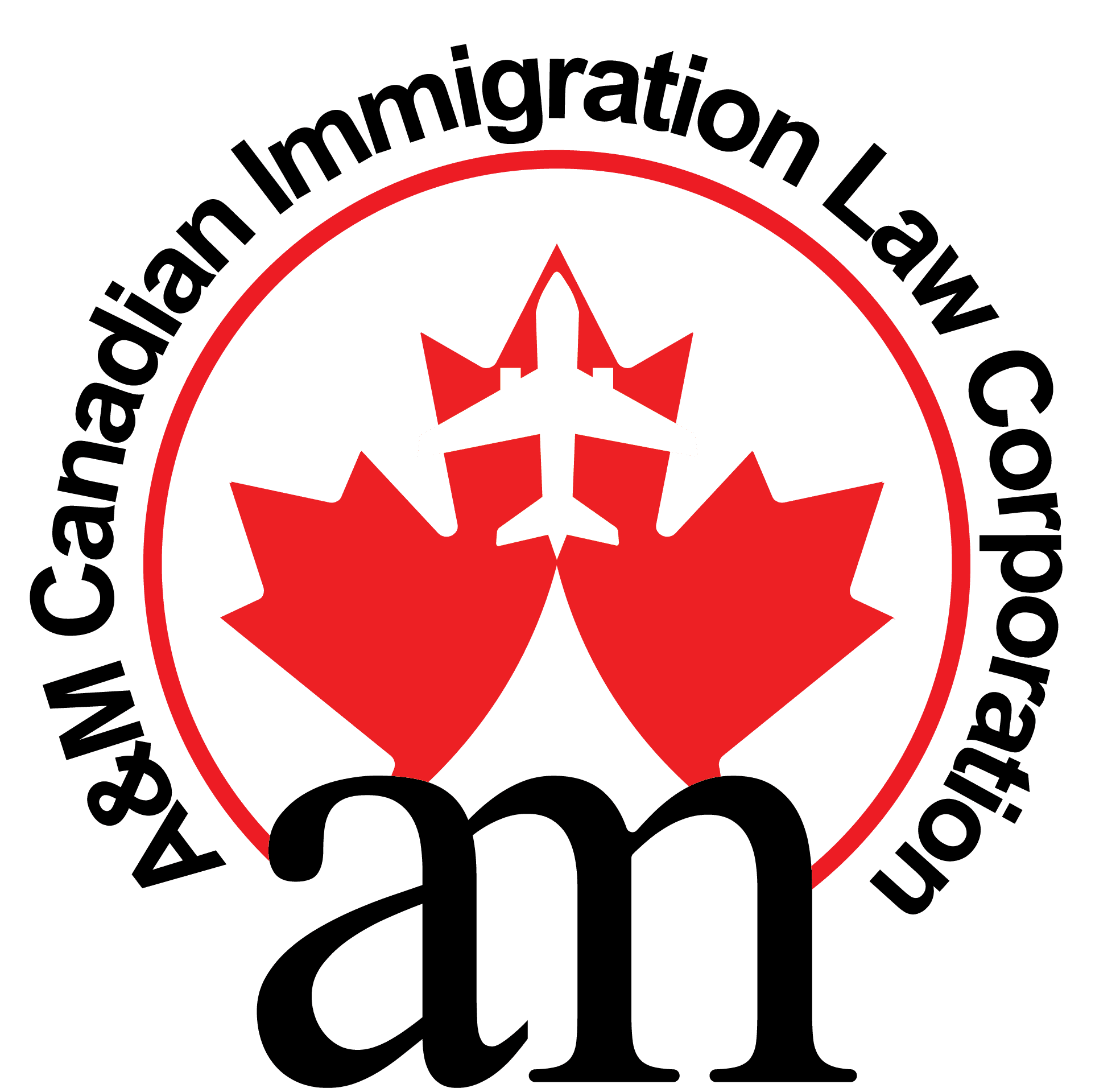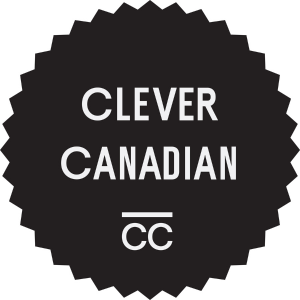Work Permits for U.S. Citizens: Immigration Pathways to Work in Canada
A&M Canadian Immigration Law Corporation
Work Permits for U.S. Citizens: Immigration Pathways to Work in Canada
Work Permits for U.S.
Citizens: Immigration Pathways to Work in Canada For a U.S. citizen, the process of
coming to work in Canada is often more
streamlined than for
applicants from other countries. Many immigration pathways are LMIA-exempt,
meaning you can apply for a work permit without your Canadian employer having
to prove that no Canadian worker was available. This saves time, reduces
paperwork, and speeds up your move to Canada.
LMIA-Exempt Pathways for
U.S. Citizens
CUSMA Professionals-US
Citizen
Under the Canada–U.S.–Mexico
Agreement (CUSMA), U.S. citizens in over 60 listed professions—including
engineers, accountants, scientists, and IT specialists—can apply for a Canadian
work permit without an LMIA. You must have a pre-arranged job offer in Canada
and show proof of professional qualifications. This pathway is one of the
fastest, with permits often issued right at the border. Learn more
about CUSMA.
Click here to see the full list of CUSMA professions and their education/credential requirements.
Intra-Company
Transfers (ICT)- US Citizen
If you are employed by a
U.S. company with a Canadian branch, you may qualify for an intra-company
transfer. This category covers executives, senior managers, and workers
with specialized knowledge. It allows U.S. citizens to continue their careers
in Canada while bypassing the LMIA process. Explore the ICT
pathway.
Click here to learn more about GATS and which services are
eligible.
GATS (General Agreement
on Trade in Services)- US Citizen
U.S. citizens may also
benefit from GATS, a World Trade Organization agreement that
lets service providers, professionals, and intra-company transferees work
in Canada without an LMIA. This applies in specific service sectors where
Canada has trade commitments under the agreement. Discover more
about GATS.Click here for GMC pathways and examples of
eligible cases.
Click here for GMC pathways andexamples of eligible cases.
GMC (Global Mobility
Category)- US Citizen
The Global Mobility
Category (GMC) covers a range of LMIA-exempt permits, including
significant benefit work permits and reciprocal employment arrangements. For
U.S. citizens whose work provides cultural, social, or economic value to
Canada, this can be an excellent option. Read about GMC.
Click here to read a full guide on LMIA work permits and the
application process.
Conclusion
As a U.S. citizen
seeking to work in Canada, you have multiple immigration pathways to choose
from. The fastest options are usually LMIA-exempt categories like CUSMA, intra-company
transfers, GATS, and GMC, but the LMIA
route is available when no exemption applies. Choosing the right
category depends on your profession, employer, and immigration goals.
Frequently Asked Questions
Yes, you can still work in Canada. If you do not qualify under CUSMA, ICT, GATS, or GMC, you can apply through the LMIA pathway
How it works:
- Your employer applies to ESDC for an LMIA, proving no Canadian workers are available.
- Once approved, you apply for a work permit through IRCC.
- Processing takes longer than LMIA-exempt permits, but it remains a valid and widely used pathway.
Comparing CUSMA, GATS, and LMIA Work Permit Pathways for U.S. Citizens
Feature | CUSMA | GATS | LMIA |
Who Can Apply | U.S./Mexican citizens in ~60 professions | WTO member | Any foreign worker offered a job in Canada |
Key Requirement | Job offer in listed profession + credentials | Service contract or intra-company transfer | Employer must secure LMIA approval |
LMIA Needed? | |||
Processing Speed | Fast (often at border) | Moderate | Slower |
Eligible Occupations | Fixed list of professions | Limited service categories | Open, but subject to labour market test |
Duration | 1–3 years, renewable | Usually 1 year | 1–2 years, renewable |
Best For | Professionals in listed fields | Service providers not in CUSMA | Jobs outside exemption categories |
Example | U.S. engineer hired in Canada | U.S. IT consultant under contract | U.S. welder in construction |
Yes. Many U.S. citizens transition from temporary work permits to Canadian permanent residency through programs such as:
- Express Entry (Federal Skilled Worker Program)
- Canadian Experience Class (after gaining Canadian work experience)
- Provincial Nominee Programs (PNPs)

- CUSMA/ICT permits: Often same-day at the border. (Better to apply online to avoid mistakes and delays)
- GATS permits: Typically a few weeks, depending on processing office.
- LMIA permits: Several months, due to LMIA application + IRCC processing.
Yes. Spouses of LMIA-based and LMIA-exempt workers may be eligible for an open work permit, allowing them to work for any Canadian employer. Children can study in Canada with a study permit or study permit exemption (for minors).








